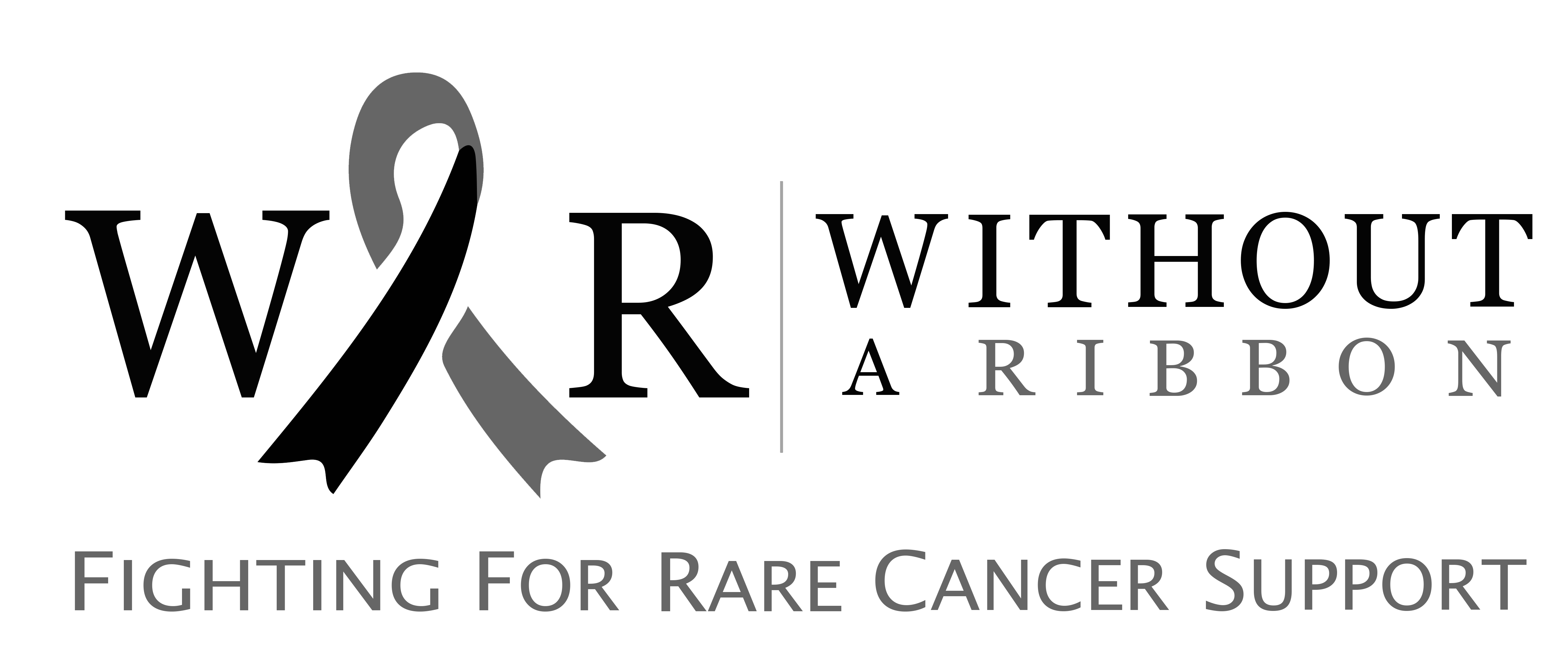What is Polyembryoma of the Ovary?
Polyembryoma of the ovary is a rare germ cell tumour characterised by a central yolk sac component or an amnion-like cavity resembling an early embryo. Its prognosis is similar to other germ cell tumours. This uncommon tumour typically occurs in women between the ages of 20 and 30.
Disease Causes
There is no well-known cause, however it is believed that certain genetic conditions which are associated with the development of extra or missing chromosomes are responsible for the development of polyembryoma of the ovary. Some genital, urinary and nervous system birth defects can also increase the risk of the development of polyembryoma ovary in females of a younger age.
Signs and Symptoms
The patient may suffer from the following:
- The feeling of pain or pressure in the abdomen
- Swelling of the abdomen
- Irregular menstrual cycle
- The patient may experience symptoms resembling early pregnancy, as the tumour cells secrete proteins similar to those produced during early pregnancy.
Diagnosis
The following diagnostic techniques and procedures can be utilised to establish a diagnosis:
- Serum Alpha-fetoprotein Levels: Elevated levels of Serum Alpha-fetoprotein are commonly observed in ovarian polyembryoma
- Serum Beta HCG level: Raised Beta HCG is found in polyembryoma ovary
- Complete blood count (CBC)
- Serum tumour markers
- Imaging techniques such as ultrasonography (USG), CT scan, MRI, and X-ray are used to detect the site, size, and extent of the tumour. A pelvic examination involves a speculum examination of the vagina, cervix, uterus and ovaries.
Treatment
The primary treatment involves surgically removing the affected portion of the ovary or, in some cases, the entire ovary, along with nearby affected areas such as the fallopian tubes, uterus, and pelvic or abdominal lymph nodes.
You can help us with your donation:
Without a Ribbon is a charity that works hard to aid those who suffer from rare cancers. You can help our cause in a variety of ways:


